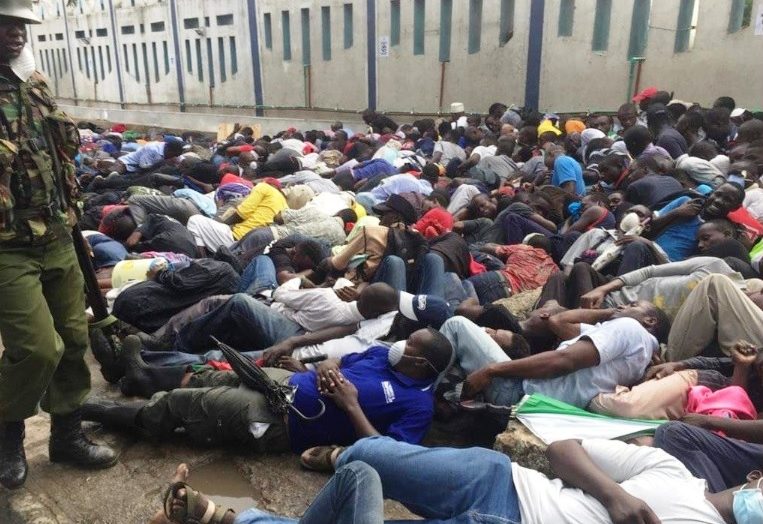Kenya has a gross and long history of excessive force by the police. There have been many cases documented by the Human rights watch in recent years and many more that simply have not received any attention from the public in far away places.
The brutal policing of the current curfew guidelines have given police officers another free reign at meting terror on the people. Confrontation is always expected during exercises where the police are meant to foresee anything peacefully. From peaceful demonstrations to ensuring curfew guidelines are adhered to. Kenya’s police have always had a reputation for being heavy-handed even without the excuse of enforcing a nationwide curfew.
In the following months, police unleashed a torrent of violence on Kenya. At least 15 people were killed by officers during the first nine weeks of curfew alone, according to Kenya’s Independent Policing Oversight Authority (IPOA) with rising police abuse by the Kenyan police on the rise. Many additional deaths are also being investigated by the IPOA, as well as allegations of shootings, robbery, harassment and sexual assault by police officers.

Amnesty International Kenya has shown how the Covid-19 pandemic provided “the perfect storm for indiscriminate mass violence” by the police. The brutality exhibited by Kenya’s police force throughout its history is a result of a number of factors. These include its beginnings under British colonial rule, poor recruitment policies, corruption and poor accountability for police actions. Under the British colonial government the role of the police was to protect the interests of the administration. It was not to serve the interests of the general populace.
Successive post-independence leaders had often used the police units to advance their own interests. For instance, Kenya’s first president, Jomo Kenyatta, used the police force to suppress dissenting voices. An example of this was the Kisumu massacre in 1969 when police fired into a crowd protesting at the president’s visit. His successor, Daniel Arap Moi, used the police as a tool for repression and assassinations as well as detention and torture of his political opponents.

The main role of the police service is to prevent, control, detect and investigate crime. But in practice, its members have acted more like a paramilitary unit trained to deal with conflict and serious disorder. This orientation has taken on a different nuance in how the police approach and treat civilians.
Another factor that has contributed to violent behaviour is the recruitment process. Corruption, nepotism, tribalism and professional misconduct are all part of the process.
Apart from physical fitness, no attention is paid to their mental and emotional state. It’s unclear what training is given to the police officers once recruited. Of Course the training model and curriculum used to induct fresh recruits has never been made public. The Kenyan police force is known to be one of the country’s most corrupt public institutions. Corruption is not simply a problem of the lower ranks. It can be found at all levels of the police organisation. And there are reports that those who refuse to pay bribes are sometimes brutalised, maimed or even killed.
Police corruption points to larger systemic problems caused by an absence of checks and balances and fragile institutions. This means it’s hard to hold them accountable for their actions.
In order to tackle this menace there is an increasing agitation to use the power of peer intervention to help police officers, the need to understanding and change officer behavior through the provision of people engagement while at the same time ensuring law breakers face the law.

